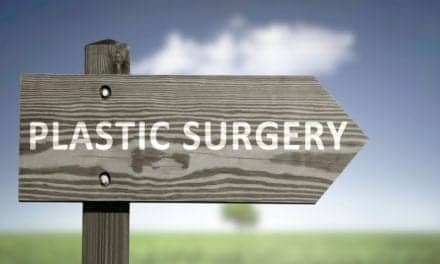Thread lifting with absorbable short, wedge-shaped polydioxanone sutures showed safety and efficacy in facial rejuvenation in Asian patients, according to study results recently published in Dermatologic Surgery.
“Unlike the West, high cheekbones (a prominent malar eminence) are considered unattractive in Asia and have rarely been appreciated,” researchers in Seoul, South Korea, wrote. “With the traditional technique, threads traverse the malar eminence resulting in an accentuation of the cheekbones. Short threads used in the … new technique typically spare the malar region.”
The researchers conducted a retrospective chart review of 39 Korean patients (mean age, 45 years; 97.4% women) with facial laxity treated with absorbable wedge-shaped polydioxanone sutures between October 2014 and September 2016. The patients underwent a single session of a vertical lifting technique in which short (6 cm) wedge-shaped polydioxanone sutures (Vov-Lift, GLK International) were inserted vertically downward in the anterior malar and submalar areas by a single dermatologic surgeon.
Photographs taken at baseline and at 6-month follow-up were compared using a 5-point Global Aesthtic Improvement Scale. Patients also rated satisfaction
Outcomes were considered satisfactory by 35 patients (89.7%), including 10 who rated them excellent; 20 who rated them very good; and five who rated them good.
The objective outcomes measured by two independent dermatologists were found to be very much improved in 10.3% of cases, much improved in 43.6% of cases, improved in 33.3% of cases and no change in 12.8% of cases.
Patients reported minimal discomfort. Six patients had minor procedure-related complications, including dimpling, bruise, facial asymmetry, thread extrusion and malar eminence accentuation. No significant adverse events were reported.


